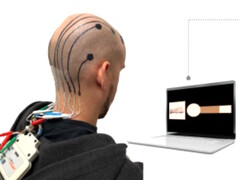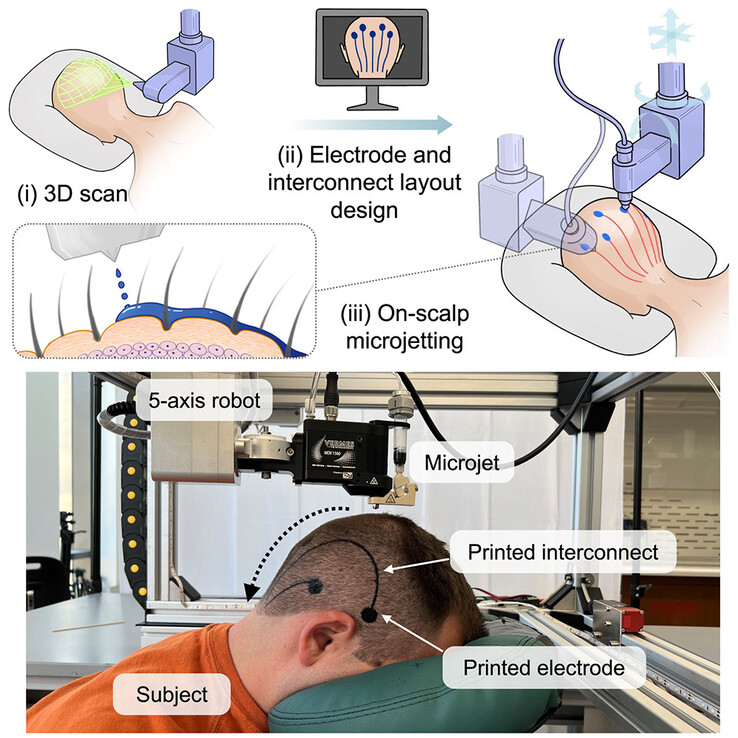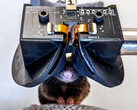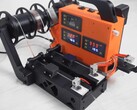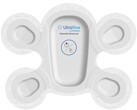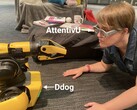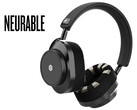Researchers at the University of Texas and UCLA have prototyped a method of 3D printing head tattoos from conductive polymers that operate like traditional electroencephalography (EEG) caps used for brain-computer interfaces (BCIs) and enable mind control of robots, computers, and VR worlds with comparable accuracy.
The brain generates electrical signals all the time, and these signals vary with different thoughts and movements. Implanted BCIs read the brain accurately and allow the disabled to play video games on the Nintendo Switch, but this introduces the possibility of infection and implant rejection.
Electrodes placed on the scalp one-by-one, or with an EEG cap, can also read the brain, but not as accurately. AI signal processing of these signals can improve the read-out of a person's thoughts, but without additional extensive training, the printed EEG is merely comparable to a traditional EEG, and both perform poorer than an implanted BCI.
The printed wiring is made of a conductive polymer called PEDOT:PSS that can be sprayed as a liquid onto the scalp. PEDOT:PSS can be used for stretchable electronics as well as stretchable displays. The 3D-printed EEG head tattoo requires only ten minutes for the robotic microjet printer to print ten electrodes in ten minutes, followed by five minutes of calibration. This greatly reduces the time versus donning a traditional EEG cap and eliminates the use of wet-gel electrodes that dry out quickly over time, rendering the traditional EEG cap inoperational.
Readers can view videos of the printing process in the published article in Cell Biomaterials. Those who want to see how relaxed their brains are while meditating to relieve stress can pick up a SereniBrain headband with built-in EEG sensors here on Amazon.




